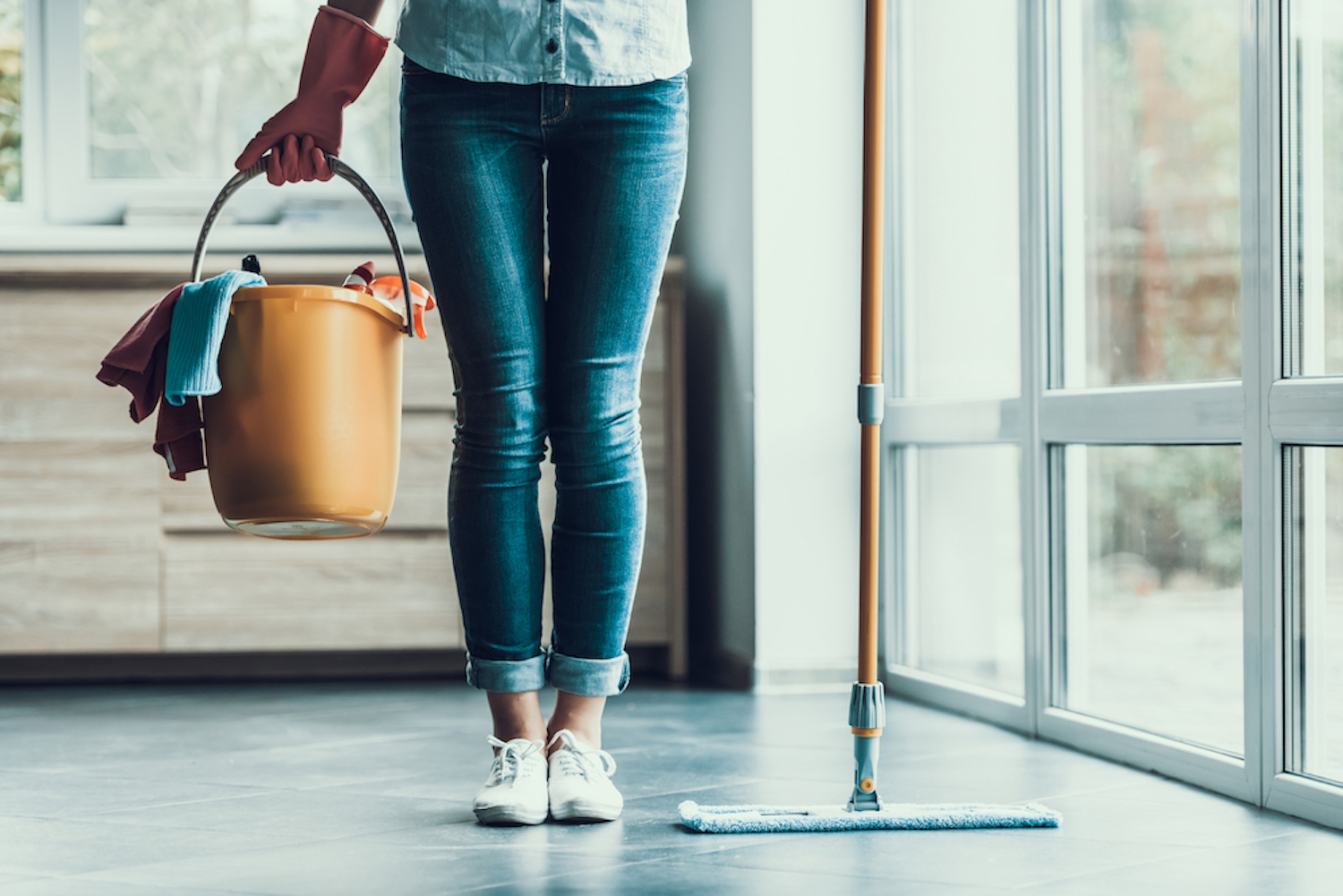How to Disinfect Your House
Cleaning and disinfecting your home can help remove germs. But how do you disinfect your house? Here we talk through what to clean and provide tips on cleaning methods around the house.
- Germs in the home
- Germ hotspots in the home
- How to clean and disinfect your home
- Good personal hygiene is one of the most effective ways to prevent the spread of germs.
Germs in the home
Germs can live on surfaces or objects that you touch, cough or sneeze on. There are various different types of germs – see our Germ kill glossary for a description of these.
Cleaning and disinfecting is an essential part of home hygiene:
- Cleaning refers to the removal of germs and dirt from surfaces – it doesn’t kill germs but removes them from the surface.
- Disinfecting means to kill germs that live on surfaces. Disinfecting works best after cleaning.
People are increasingly using disinfectants in their everyday lives to practice good hygiene. It’s advisable to use store-bought disinfectants in New Zealand, as these meet government standards. You can make homemade disinfectants using bleach and water, but other homemade options like vinegar, baking soda, essential oils or saltwater may not kill the germs.
Germ hotspots in the home
Germs can survive on surfaces as well as on your body. Any place that the people in your home touch frequently could be a hotspot such as:
- Doorknobs
- Countertops
- Handrails
- Clothing
- Tables and chairs
- Light switches
- Tablets, phones and touchscreens
- Remote controls
- Keyboards
- Toilets, taps and sinks
Different types of germs can last for various lengths on time different surfaces. Some germs can remain active for several days depending on the material and the environment.

How to clean and disinfect your home
You can use household cleaners and disinfectants such as those in the Dettol range of products to keep your house clean and disinfected. Remember to follow the label instructions to ensure the best outcomes. Below are some tips on cleaning various areas of your home.
Hard (non-porous) surfaces
- Clean dirty surfaces with a detergent or soap and water before disinfecting – try Dettol Healthy Clean Multipurpose Cleaner followed by Dettol Antibacterial Disinfectant Surface Cleaning Wipes
- Wear disposable gloves when cleaning and disinfecting
- Wash your hands immediately after cleaning and disinfecting
Soft (porous) surfaces and clothing
- These include carpet, rugs, curtains and other soft or fabric surfaces as well as clothing
- Remove any visible dirt and clean with a suitable cleaner
- Put any fabrics and clothing through the washing machine – consider using a laundry sanitiser like Dettol Antibacterial Laundry Sanitiser
- Clean and disinfect clothes baskets while you are washing your clothes
Electronics
- Consider using wipeable covers for things like tablets or phones
- Remove any visible grime and disinfect with an antibacterial solution – try Dettol Antibacterial Disinfectant Surface Wipes to kill 99.9% of germs (E. coli, Salmonella and S. aureus)
- Dry surfaces thoroughly – avoid pooling of any liquids
Good personal hygiene is one of the most effective ways to prevent the spread of germs.
This includes things like:
- Washing your hands, especially after using the toilet, before preparing food and after touching animals or pets
- Not coughing or sneezing on others
- Cleaning things you touch if you’re unwell and putting tissues in the bin
- Keeping the house clean, particularly taps, toilets and bathrooms
- If someone is sick try and keep your distance. If possible, get them to use a separate bathroom and if not, clean and disinfect it after they have used it
First published:
Last updated:
